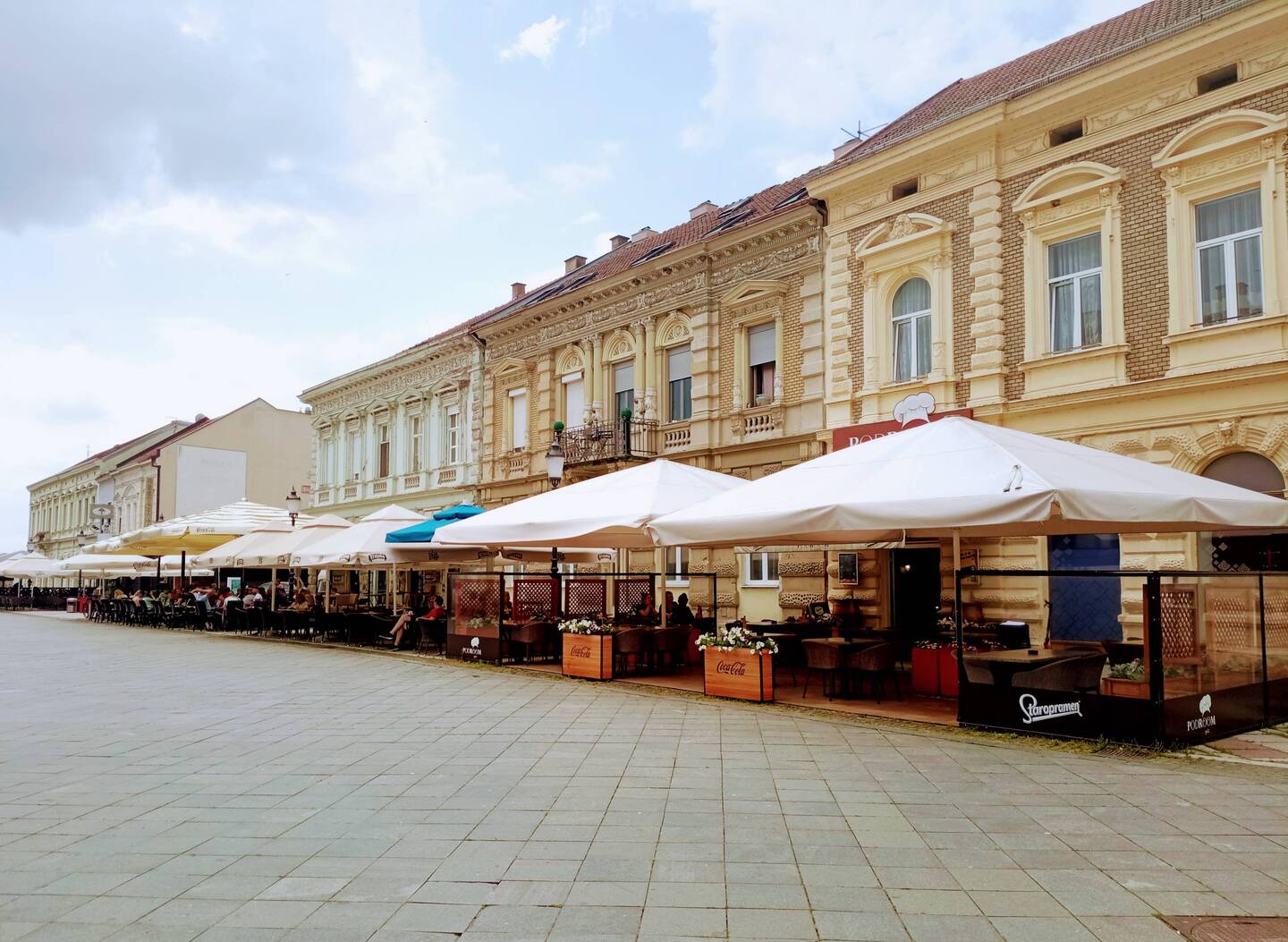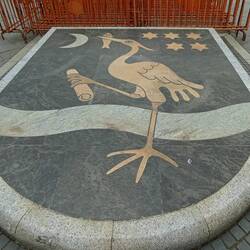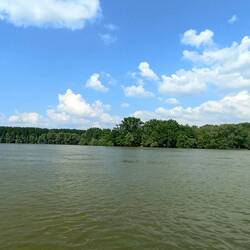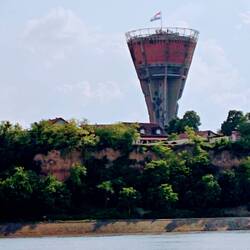Walking in Belgrade
 May 28, 2023 in Serbia ⋅ ⛅ 22 °C
May 28, 2023 in Serbia ⋅ ⛅ 22 °C
Last morning in Belgrade. Sunny Sunday, enjoyed a lovely walk around the city centre. Began at the Vidin Gate in the northeast entrance to the Fortress, through the Charles VI gate then down to theRead more


































 Croatia
Croatia











































 Bosnia and Herzegovina
Bosnia and Herzegovina













